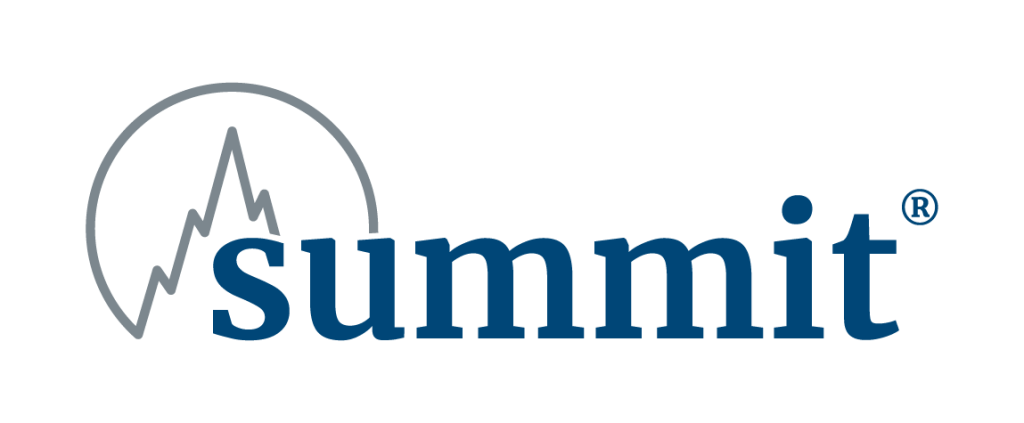
SAFETY TOPICS
Trenching and Excavation Safety
According to the Occupational Safety and Health Administration (OSHA), 22 fatalities of workers performing trench and excavation work were reported in the first half of 2022—surpassing the total of 15 fatalities in 2021. The rise in worker fatalities led the US Department of Labor to enhance nationwide enforcement and implement additional oversight to help protect workers.1

OSHA enforcement efforts
OSHA is urging employers involved with trenching and excavation work to ensure that required protections are in place. Additional emphasis will be placed on how agency officials evaluate penalties for trenching and excavation related incidents, including criminal referrals for federal or state prosecution, to hold employers accountable. OSHA compliance officers will perform trench inspections nationwide where they may stop by, and inspect, any excavation site.1
Working safely in trenches
OSHA standards require that trenches and protective systems be inspected daily by a competent person before work begins. A trench should not be entered unless:2
- Cave-in protection measures are in place
- There is a safe way to enter and exit
- Equipment and materials are away from the edge
- It is free of standing water and atmospheric hazards
Preventing trench collapses
Trench collapses, or cave-ins, are more likely than other excavation-related incidents to result in worker fatalities. It only takes seconds to become buried in thousands of pounds of soil.3 It’s important to note that trenches that are five feet deep or more require a protective system and those 20 feet deep or more require a protective system designed by a licensed professional engineer.2
Types of protective systems
Protective systems can reduce cave-ins, falling loads, and equipment hazards when working in an excavation or trench. There are three types of protective systems—sloping, shoring, and shielding.2
- Slope or bench trench walls by cutting back the trench wall at an angle inclined away from excavation
- Shore trench walls by installing aluminum hydraulic or other types of supports to prevent soil movement
- Shield trench walls by using trench boxes or other types of supports to prevent soil cave-ins
Online training videos
Our policyholders and agents have access to an extensive library of safety training videos. Access videos on how to work safely in trenches by entering your username and password. Type Trench Safety in the search bar for the available videos. Policyholders and agents can request login credentials by emailing [email protected]. (Videos provided through JER HR Group LLC, dba Training Network, a Summit vendor.)
If you would like additional resources, please contact your Summit loss prevention consultant.
Footnotes
Disclaimer
The information presented in this publication is intended to provide guidance and is not intended as a legal interpretation of any federal, state or local laws, rules or regulations applicable to your business. The loss prevention information provided is intended only to assist policyholders of Summit managed insurers in the management of potential loss producing conditions involving their premises and/or operations based on generally accepted safe practices. In providing such information, Summit Consulting LLC does not warrant that all potential hazards or conditions have been evaluated or can be controlled. It is not intended as an offer to write insurance for such conditions or exposures. The liability of Summit Consulting LLC and its managed insurers is limited to the terms, limits and conditions of the insurance policies underwritten by any of them.

